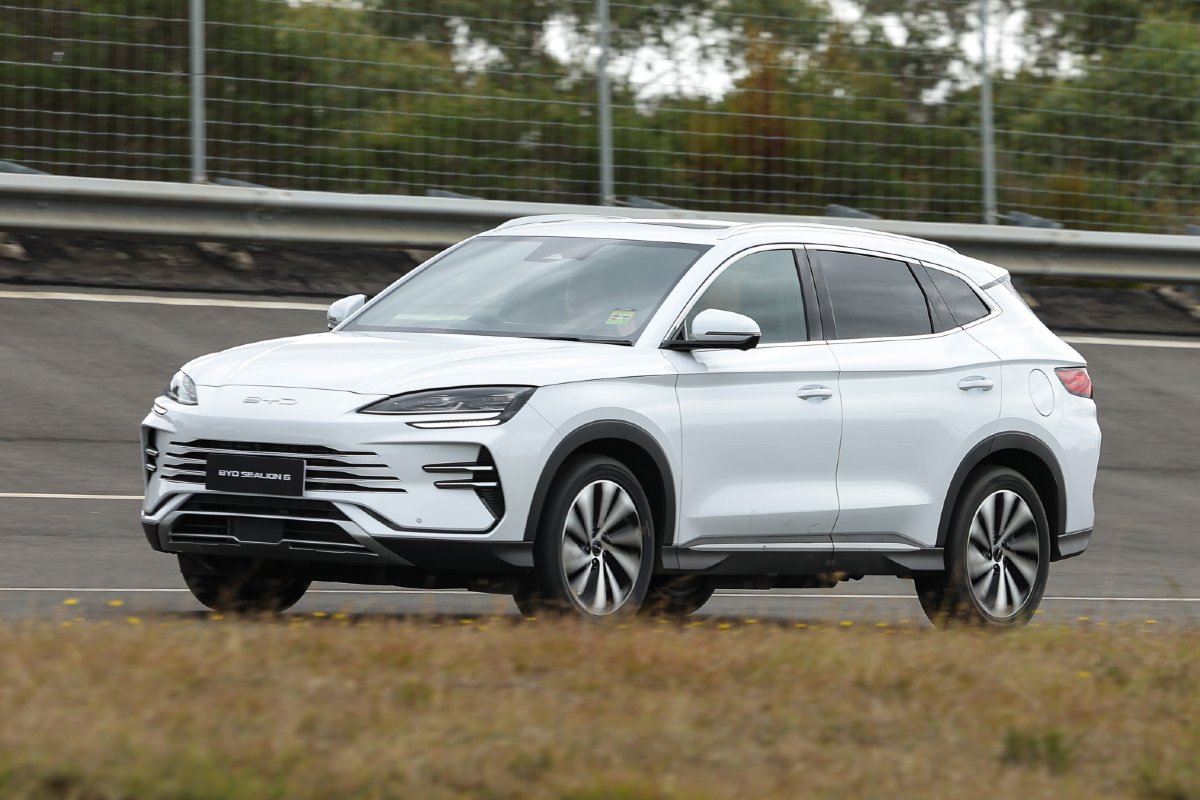
What is it?
A new, plug-in hybrid, mid-size SUV from Build Your Dreams – a relatively new, Chinese entrant to the Australian market.
BYD, as it’s much more preferably known, is one of China’s most respected automakers. The somewhat awfully named Sealion 6 is imagined to rival not only the Mitsubishi Outlander plug-in hybrid, but also the more conventional Toyota RAV4 Hybrid, the country’s best-selling family vehicle.
Does it have any racing pedigree?
The BYD Sealion 6 has as much racing pedigree as Clive Palmer has a functioning, floating replica of the Titanic (that is to say, nonexistent). BYD has sniffed around the periphery of motorsport and if you ask us, should start something like an F1 team – or at least enter Formula E. Formula E bosses have confirmed they’re talking to the Chinese giant.
What’s under the bonnet?
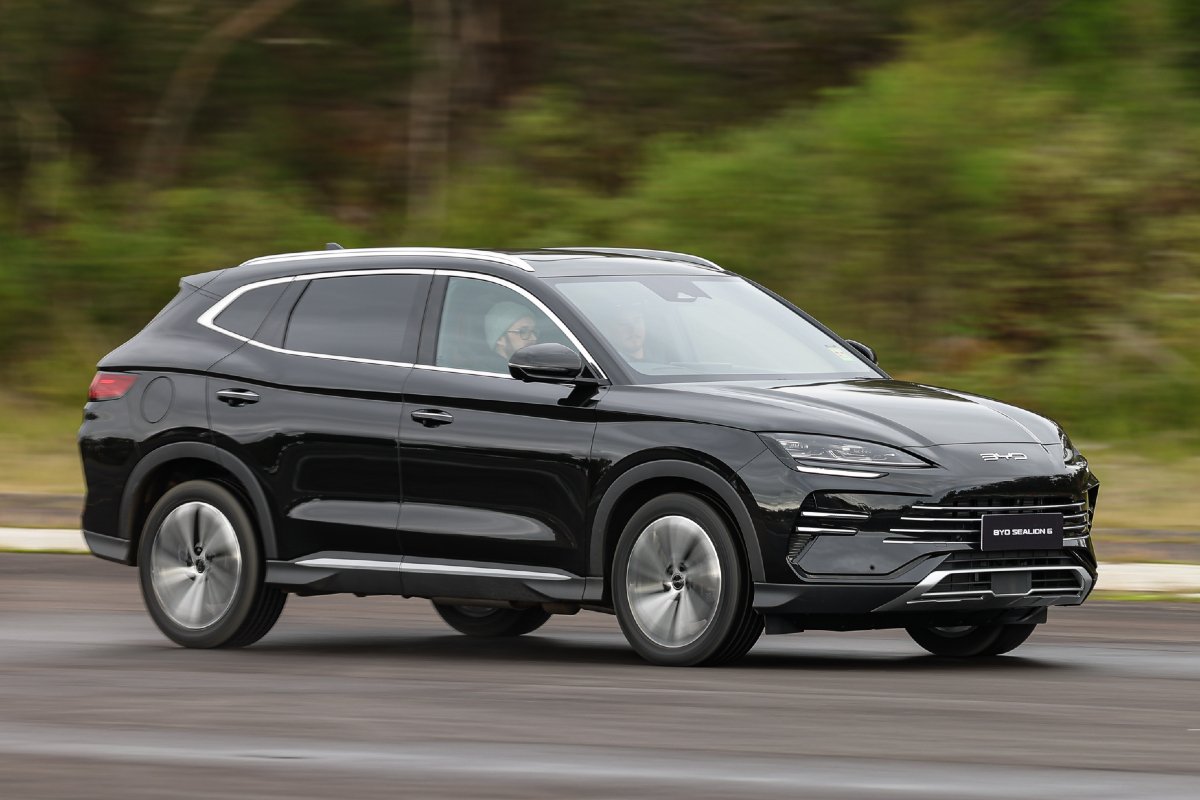
There are two Sealion 6 variants, the Dynamic and Premium – and the main difference is powertrains.
The Dynamic uses a 1.5-litre naturally aspirated inline-four, mated to a single electric motor for front-wheel-drive and combined outputs of 160kW/300Nm. The much more power-packed Premium uses a turbocharged 1.5-litre inline-four and adds an additional, rear-mounted electric motor for all-wheel-drive and a combined 238kW/550Nm.
Pop the bonnet of that one and you can see the little turbo at the front of the transversely-mounted engine, which is kinda cool. Both engines run on the Atkinson cycle and are claimed to be superbly efficient, while both models use a fairly large 18.3kWh (gross) version of BYD’s market-leading, lithium-iron phosphate Blade battery, mounted flat under the car’s floor.
How does it handle?
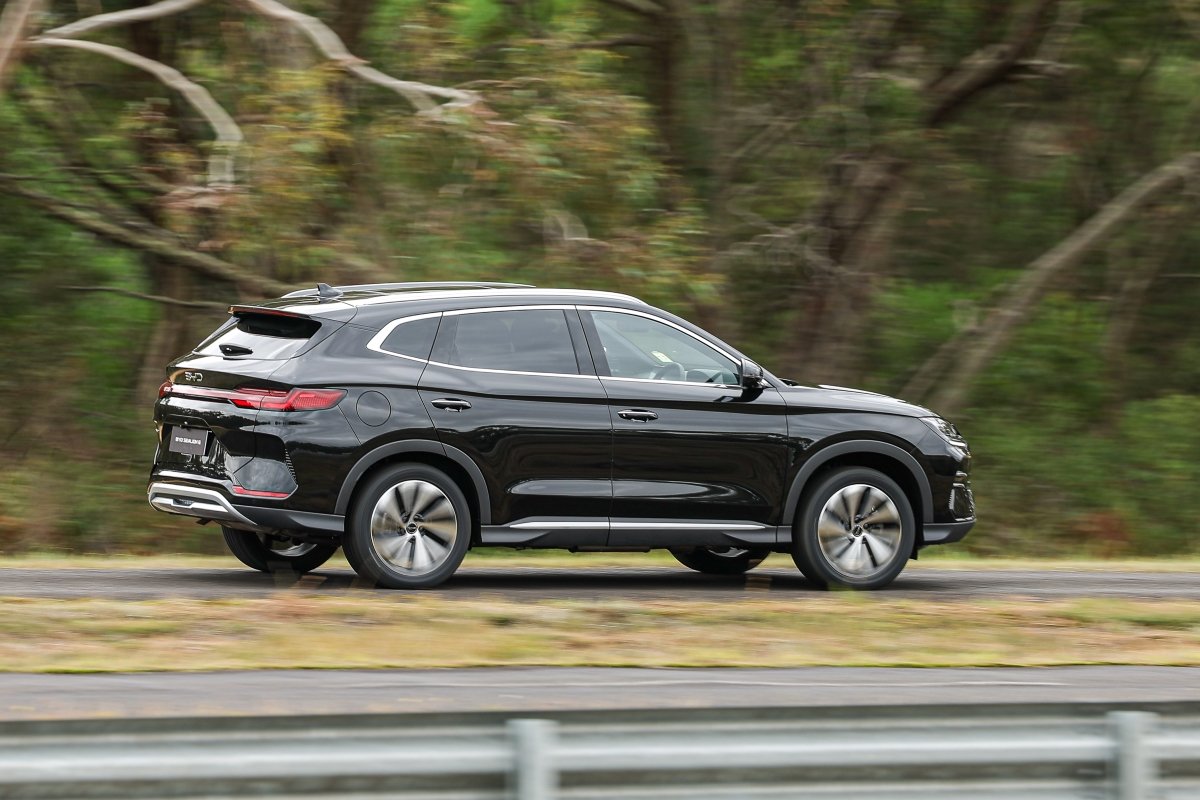
While one of them is called the Dynamic, there isn’t too much that’s outwardly dynamic about the Sealion 6. While it has independent rear suspension, the cornering is merely secure and competent.
The steering is quite light and lifeless and the suspension very soft. That means it rolls through corners a tad, although does make for reasonable ride comfort.
Both versions blend electricity and petrol power very well, with engines that are notably quiet – something that other manufacturers have struggled to achieve with their hybrids.
Where would you most like to drive it?
Much as we’re sure a sea lion would prefer to sun itself on a beach somewhere, its Chinese SUV namesake would surely prefer inner-city roads. That’s where you could take advantage of its EV-only range, which is claimed to be between 81km and 92km depending on which one you get.
The car can be fully recharged in 9.4 hours using a typical home wall outlet.
What’s the interior like?
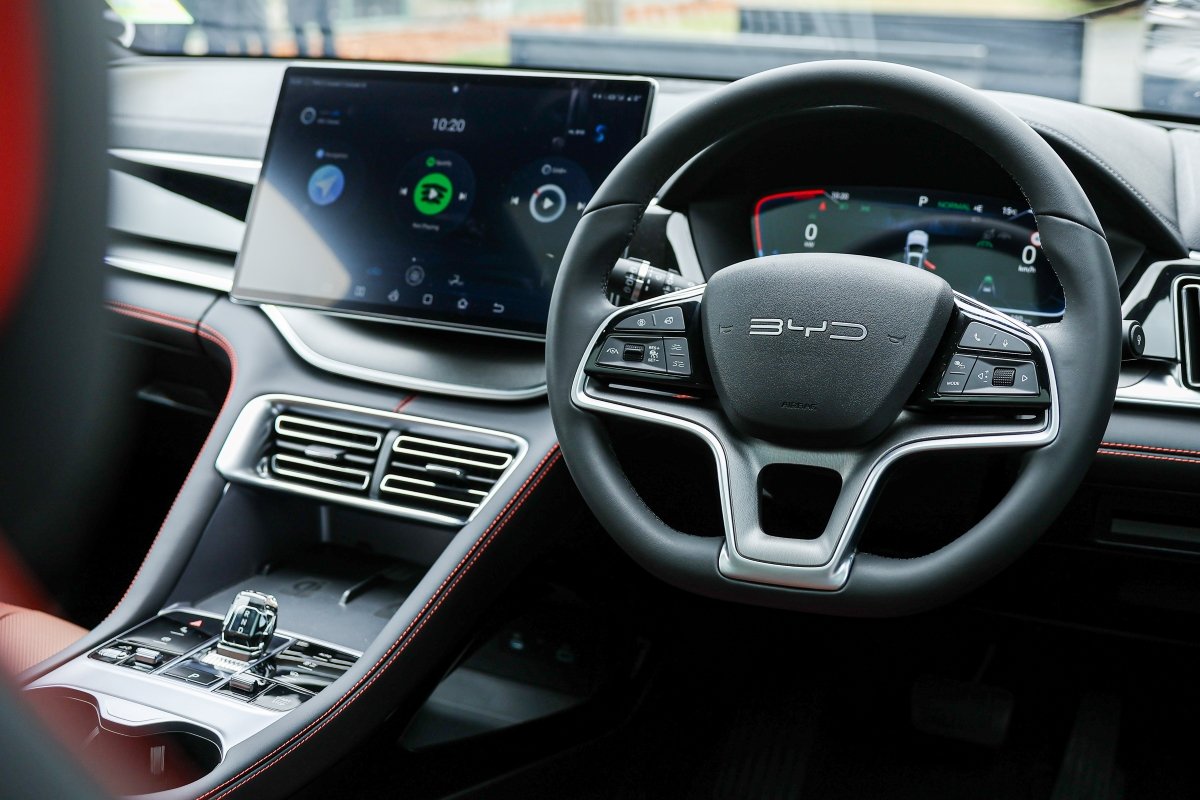
It’s actually very nice and quite impressive. While another BYD, the Atto 3, has an interior designed as if to cause physical pain to your eyes, the Sealion 6 moves dramatically away from the same design philosophy. It’s attractive, feels well-appointed and has quite a lot of tech between the 15.6-inch infotainment touchscreen and 12.3-inch digital instrument cluster.
In the back, there’s plenty of space (with no transmission tunnel) and there’s a sizeable, 574-litre boot that opens and closes electrically. There’s no spare tyre, just a puncture repair kit.
How much does the BYD Sealion 6 cost?
The base Dynamic costs $48,990 and the Premium, $52,990. Both prices are before on-road costs.
Would I buy one?
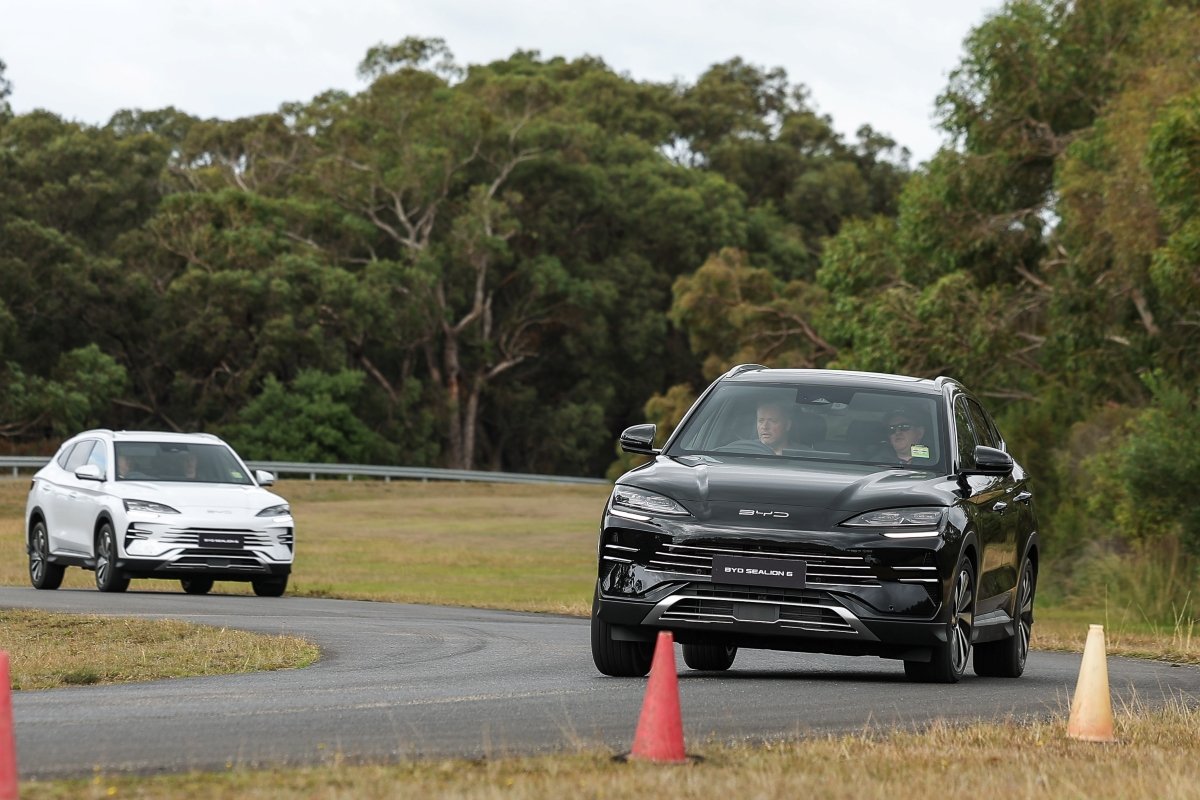
We’d probably still gun for something like a Toyota RAV4 Hybrid, or the Mitsubishi Outlander, or another vehicle from an established brand, at least while BYD sets up its local dealer network and proves itself for reliability, build quality, resale value and after-sales service.
But if you’re willing to take the punt, the Sealion 6 makes a compelling case for itself, and not only because it’s cheap. The Japanese brands are well and truly on notice.



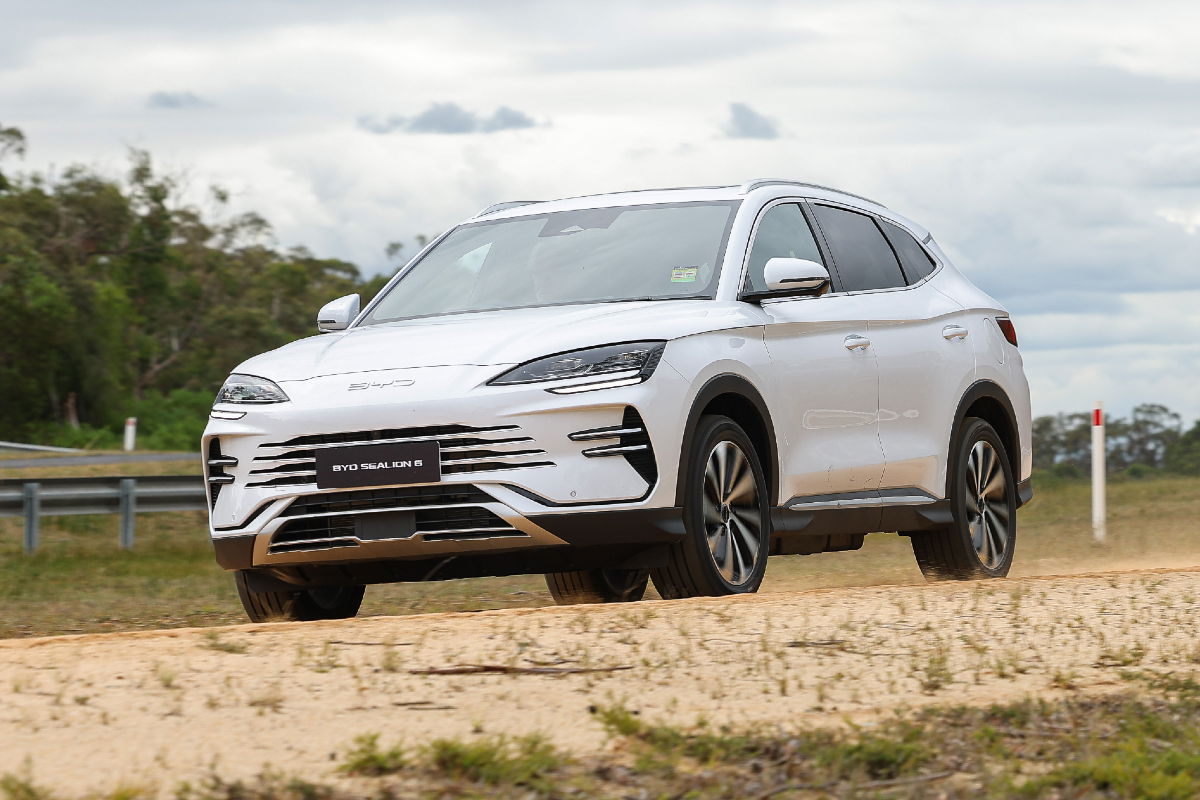



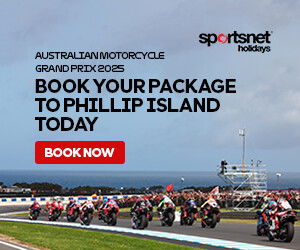




Discussion about this post